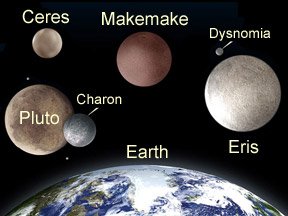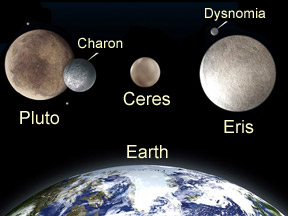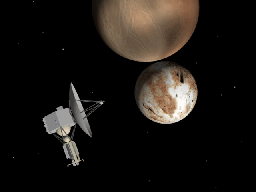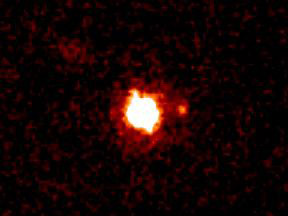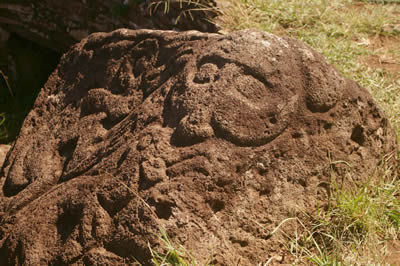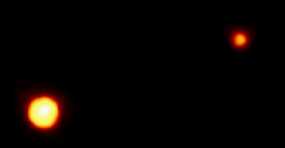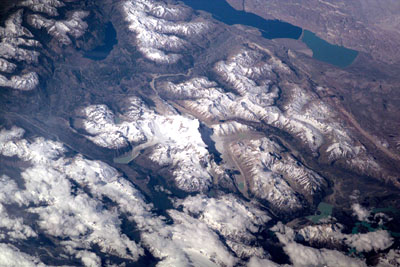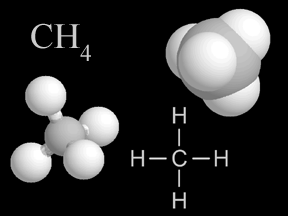Click on image for full size
Images courtesy of NASA, ESA, JPL, and A. Feild (STScI).
Makemake: a Dwarf Planet
Makemake is a dwarf planet in our Solar System. Makemake was discovered on March 31, 2005 by a team of astronomers led by Mike Brown of the California Institute of Technology. The International Astronomical Union announced Makemake's official status as a dwarf planet in July 2008.
Makemake is the fourth object to be classified as a dwarf planet, after Pluto, Ceres, and Eris. Like Pluto and Eris, Makemake is a large Kuiper Belt Object (KBO) that orbits far from the Sun on the frozen fringes of our Solar System. Because it is so far away, Makemake takes nearly 310 years to orbit the Sun once! On average, Makemake is about 16% further from the Sun than Pluto, though both of these dwarf planets move closer to and further from the Sun as they go around.
Makemake is named after the god of fertility and creator of humans in the mythology of the Rapa Nui people of Easter Island. When it was discovered shortly after Easter in 2005, Brown and his co-discoverers gave this dwarf planet the temporary nickname of "Easterbunny". It made sense, then, to use a character from the mythology of Easter Island when a permanent name was selected. Before it was given its official name, Makemake was also known as 2005 FY9.
Makemake is smaller than both Pluto and Eris. Its diameter is between 1,300 and 1,900 km (808 to 1,181 miles), making it roughly three-fourths the size of Pluto. Astronomers haven't yet detected any moons circling Makemake, which is unusual; other large KBOs (including Pluto and Eris) have one or more moons.
The surface of Makemake appears to be somewhat red in color, and is quite bright and shiny (with a high albedo of 0.8). This dwarf planet's surface temperature is a frigid minus 240° C (-406° F)! Makemake may be covered with ices made of methane and possibly ethane. Some astronomers think Pluto has a transient atmosphere, and that Makemake may as well. If this idea is correct, the methane and other gases form an atmosphere when the dwarf planets are closer to the Sun and are therefore warmer. However, during the portion of Makemake's orbit that carries it further from the Sun's warming rays, these gases may freeze and "snow out" onto the surface, leaving Makemake without an atmosphere.
Makemake, along with Pluto and Eris (but not Ceres!), is also classified as a "plutoid". Plutoids are dwarf planets which, like their namesake Pluto, orbit the Sun out beyond the planet Neptune.


